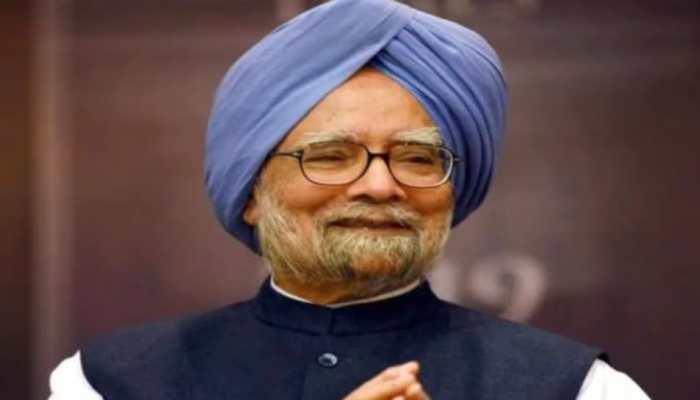GSLV MkIII-D1/GSAT-19 mission: Why it's significant for India
The GSLV Mk III D1 is capable of lifting payloads of up to 4,000 kg into the Geosynchronous Transfer Orbit (GTO) and 10,000 kg into the Low Earth Orbit.
Trending Photos
) Image credit: ISRO
Image credit: ISRO New Delhi: The Indian space agency on Monday evening successfully launched its latest communication satellite GSAT-19 with its brand new and heaviest rocket - the Geosynchronous Satellite Launch Vehicle-Mark III (GSLV-Mk III).
Here are 10 things to know about the GSLV MkIII-D1/GSAT-19 mission:
- The 43-metre (140-foot) GSLV MkIII-D1 rocket lifted off at 5:28 p.m on Monday, June 5, 2017, from the Second Launch Pad at SDSC SHAR, Sriharikota in Andhra Pradesh.
- Dubbed 'Monster Rocket' by scientists, it is India`s most powerful homegrown rocket to date to be launched from our own soil, and weighs as much as 200 fully grown elephants or five fully-loaded Boeing Jumbo Jets.
- The GSLV Mk III D1 is capable of lifting payloads of up to 4,000 kg into the Geosynchronous Transfer Orbit (GTO) and 10,000 kg into the Low Earth Orbit.
- Powered by an indigenous cryogenic engine that uses liquid oxygen and liquid hydrogen as propellants, the rocket carries 3,136-kilogram weighing GSAT-19 communication satellite. GSAT-19 satellite is the heaviest satellite made and launched from India.
- For the first time, GSAT-19 is going to be powered with indigenously-made Lithium-ion batteries.
- Besides Ka/Ku-band high throughput communication transponders, GSAT-19 carries a Geostationary Radiation Spectrometer (GRASP) payload to monitor and study the nature of charged particles and the influence of space radiation on satellites and their electronic components.
- GSAT-19 also features certain advanced spacecraft technologies including miniaturised heat pipe, fibre optic gyro, Micro Electro-Mechanical Systems (MEMS) accelerometer, Ku-band TTC transponder.
- According to former ISRO Chairman Dr K Kasturirangan, the man who conceived the GSLV Mk III, the success of today's mission means it will usher a new era of our self- reliance in the context of launching our own four ton class of satellites for geosynchronous missions.
- Till date, India had to depend on foreign launchers for communication satellites weighing more than 2,300 kg.
- With today's successful launch of the 640-tonne rocket, ISRO, who put a record 104 satellites in orbit from a single rocket, surpassing Russia which launched 39 satellites in one mission in June 2014, added another feather to its cap.
- Scientists say the rocket, powered by cryogenic engine and developed over 15 years at a cost of Rs 300 crore, may ferry Indians into space some day – in over 7 years.
Meanwhile, the premiere space agency has already developed critical technologies for a human space mission. The space suit is ready and a crew module was tested in 2014.
It is said that the Indian space agency has asked Rs 12,500 crore from the Centre for its mission to place humans in space.
Stay informed on all the latest news, real-time breaking news updates, and follow all the important headlines in india news and world News on Zee News.
Live Tv







)
)
)
)
)
)
)
)
)
)
